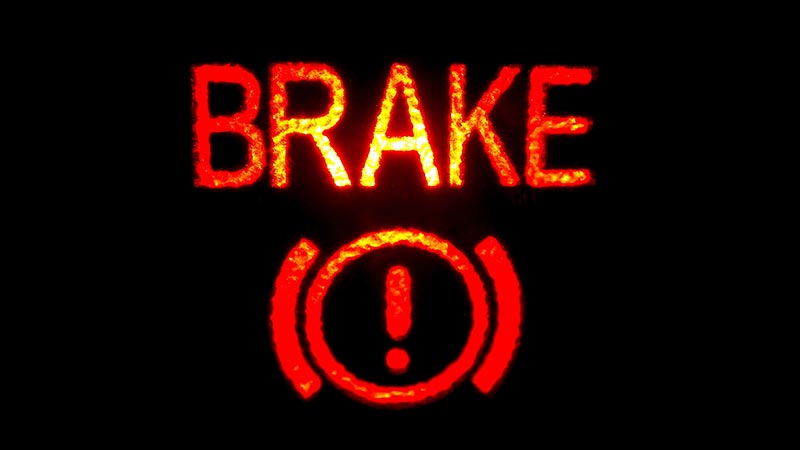
With so many information lights on our cars these days it can be tricky to identify what each light is trying to tell us. To make matters worse from time-to-time multiple lights can come on all at once. We see this happen on a regular basis at Douglas Automotive. It can be overwhelming and can send us into a panic. It’s like our cars are trying to compete with our Christmas trees on who can have more lights on at once.
We are not going to be discussing all the lights that can be found on your instrument cluster. That would send anyone into information overload. Today we are going to focus on the Parking Brake light. You will either see #1 (in the picture), the word BRAKE, or a any combination of the two. We will discuss some of the common reasons this light will come on your dash as well as the steps you can take to try to figure out why this light will not turn off and what it is trying to tell you.
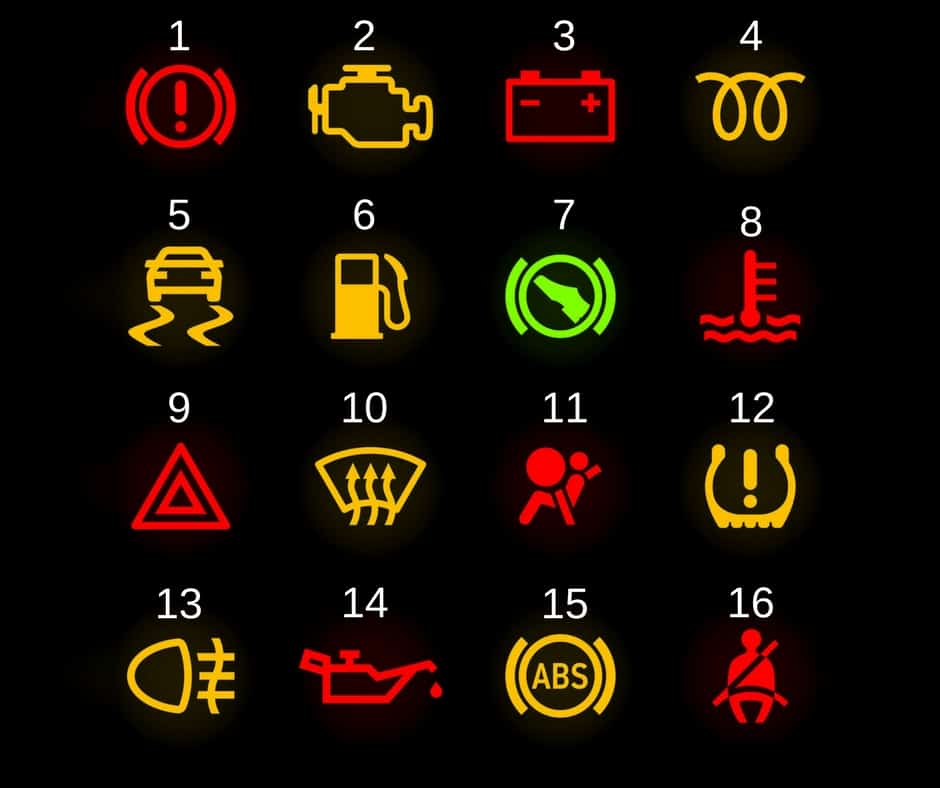
As is the case with most our instrument cluster warning lights when they come on, we often fear the worst case-scenario. Questions like What is my car trying to tell me? How much is this going to cost me? How long will my car be down? Is my vehicle safe to drive? We will address these questions and what the common causes are for this light to remain on even when your parking brake is off/released.
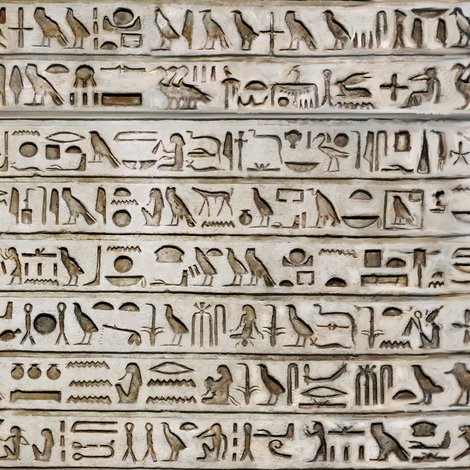
Luckily, we can help you translate these informative pictures which are like hieroglyphics to most of us. Each picture tells a story. This warning light is trying to inform us your parking brake is on or there is an issue with the brake system that may need to be addressed. Fear not it could be a minor issue it is trying to warn us about. Like any warning light we need to do something more than just a piece of tap to cover it up. More often than not the brake light is a gentle reminder of a possible issue that will need to be addressed in the future not always a harsh call to immediate action.
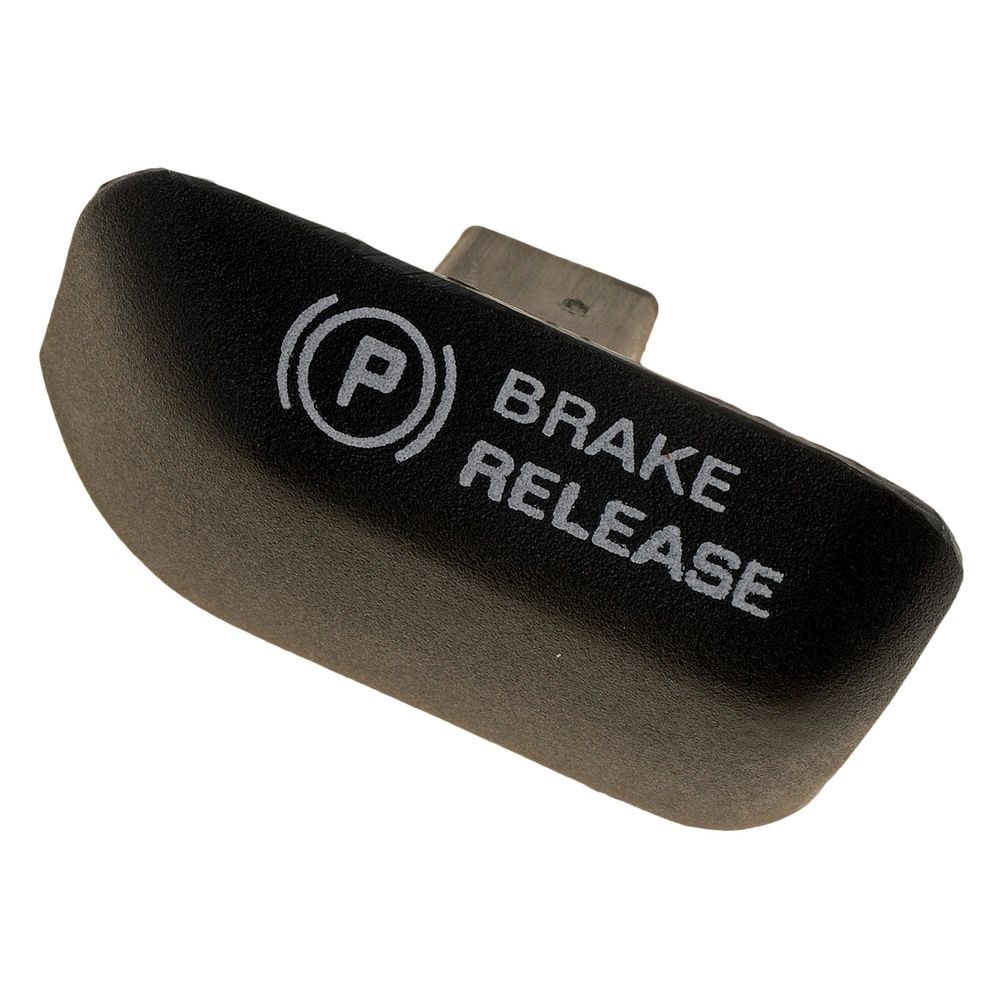
The most common reason this light appears on our dash is because the parking brake is activated. In other words, the parking brake is on. In most cars and trucks, we need to release the parking brake by pulling the release handle and releasing the parking brake. We are seeing a good number newer cars coming with an electric parking brake which will have a button to push and not corresponding sound from the parking brake being released. The electric parking brake is quieter on deactivation because there are no moving mechanical components under the dash to hear move around. You will be able to feel a drag on the vehicle most of the time when you drive off and the parking brake is still on.
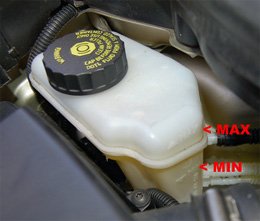
Once we have established the parking brake is not engaged and the light remains on, we have some investigating to do. Luckily your will not have to pretend to be Sherlock Holmes to find the next set of clues. Next on the common reasons for the parking brake warning light to be on is low brake fluid. I was surprised when I learned this simple fact. When our vehicle’s brake fluid gets low it will turn on the parking brake light as a warning to the driver of impending brake repair needed.
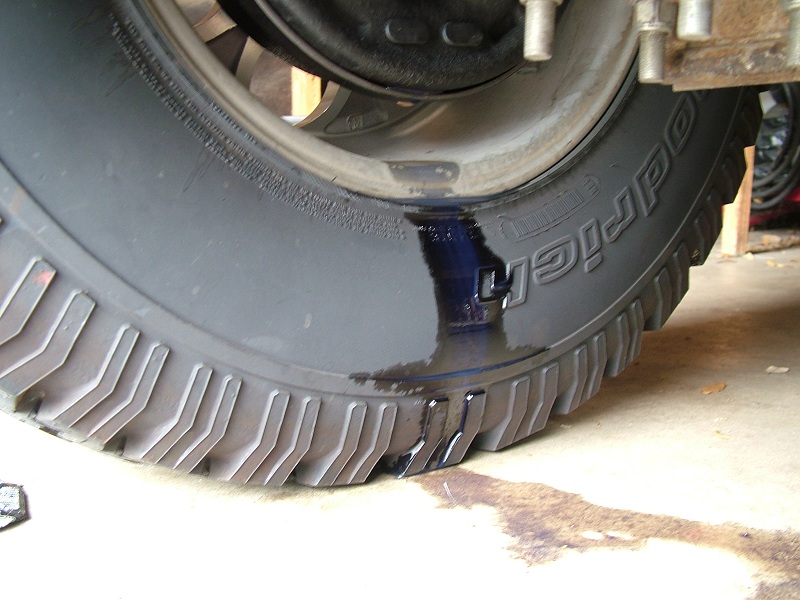
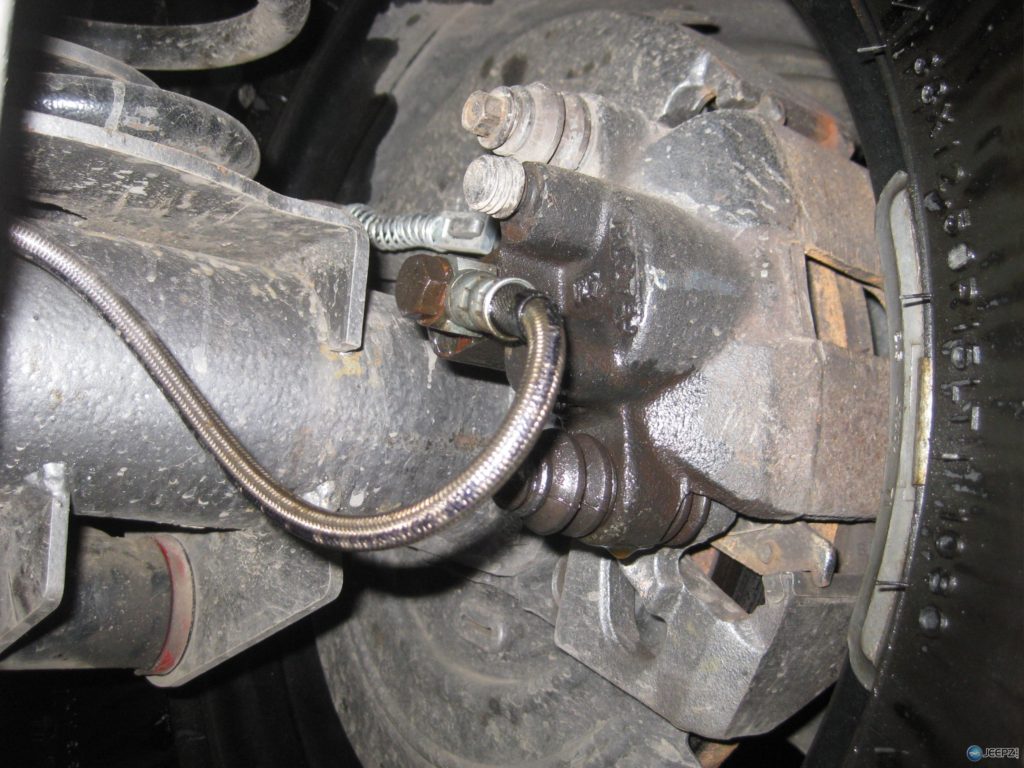
The brake fluid level can change for two reasons. First reason is a leak in the brake system. A leak in the hydraulic brake system will cause vehicle to lose pressure in the brake system. This lack of pressure will result in brake failure. A brake leak can sometimes be seen by visually inspecting the brake components. First spot to look is on the inside all four wheels to see if they are wet or have fluid dripping down the tire. Next spot to look is at your brake calipers. Look for any signs of moisture.

If a leaking brake system doesn’t present itself by looking at the wheels and components then we move on to the next reason you brake fluid level could be low. That is low brake pad lining thickness.
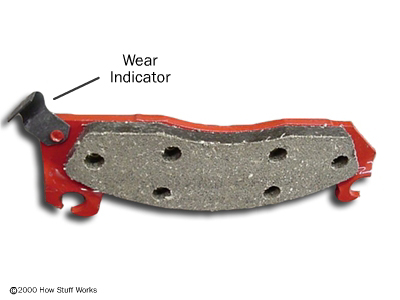
A lot of brake pad manufactures but a wear indicator (squealer) on your pads in hopes of that telling you when you need new brakes pads. More often than not the light will catch our attention before the wear indicators or the brake pads themselves make any noise. We have all heard brake grinding noise throughout our driving career at one point or another. By knowing what this little light is trying to inform us of we can catch brake issues before they become a big problems or safety concerns. You don’t want to ignore these warning signs you need brakes for too long or your rotors could end up looking like the one below.
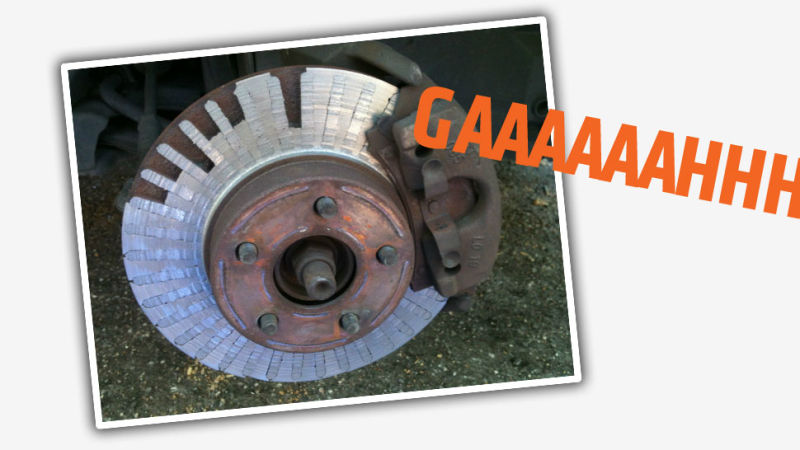
One of the lest common reasons for the parking brake light being on could be a faulty parking brake switch. That is the component that tells your car you set the parking brake and it is engaged. If that switch has failed the indicator may not go off on the dash. This possibility will take some electrical testing to complete and is not one of the common reasons this light will come on and stay on.
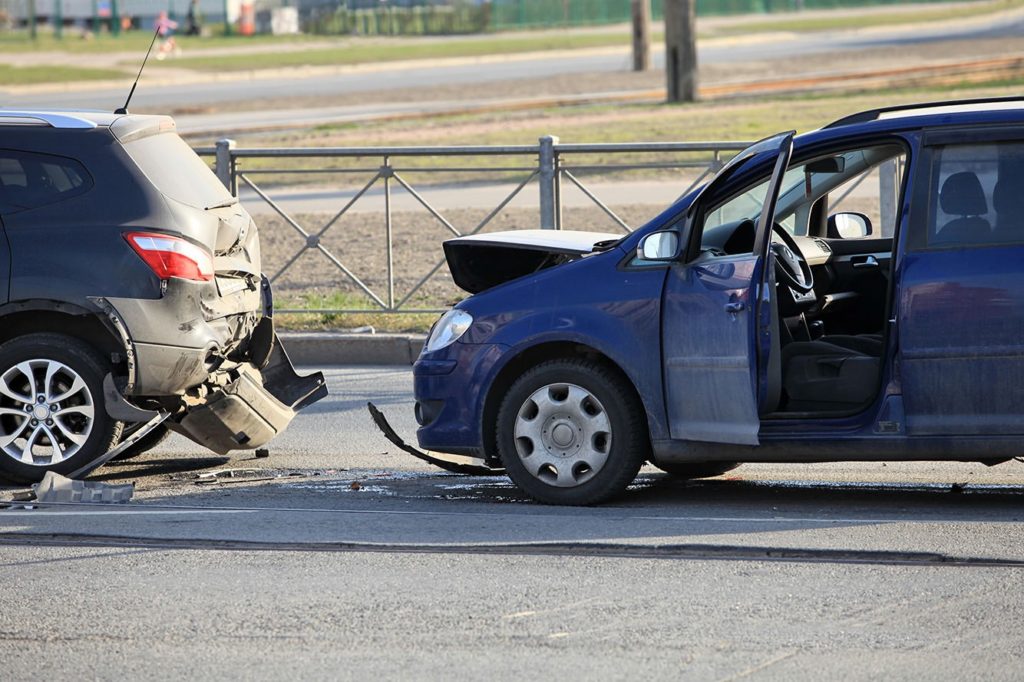
One of the things in life you cannot put a price on is your safety and the safety of others. Please do not ignore the warning signs this light is trying to inform you of. Do not delay if your vehicle is experiencing any of the issues discussed or anything feels off with your brake system please stop by Douglas Automotive. We would be more than happy to inspect your brake system performance as well as offer any advice or discuss repairs needed.


